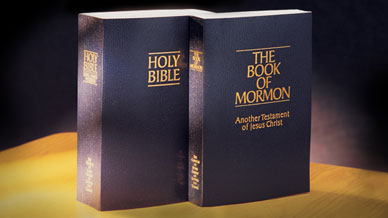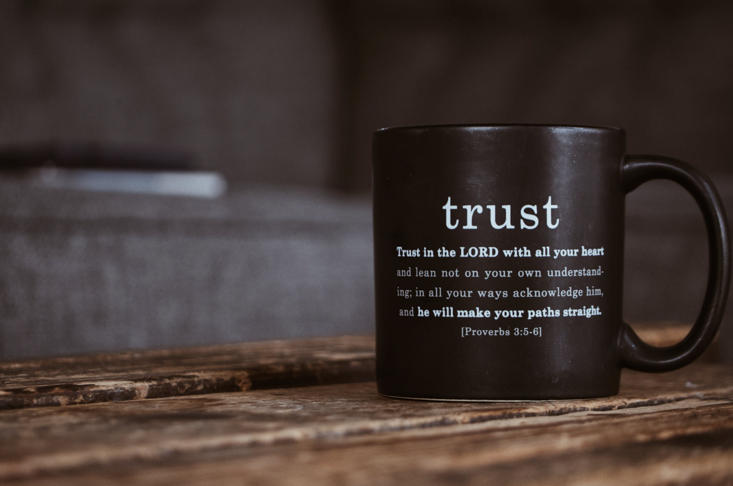~by Michelle
As I sat in our Sunday School class last week, I was struck again by what a treasure the Doctrine and Covenants is to members of The Church of Jesus Christ of Latter-day Saints. But I was also struck as we read the Introduction by how the Doctrine and Covenants could help those not of our faith understand more about Mormon beliefs and doctrine. I thought of our readers here at Mormon Women who are curious about Mormonism, and so I would like to introduce you to the Doctrine and Covenants as a resource to understand more about Mormon beliefs, Church organization, Church history, and, most importantly, our belief in Jesus Christ.
The Doctrine and Covenants is a compilation of revelations, most of which were received through Joseph Smith. The voice speaking in all but a couple of the sections is Jesus Christ — a latter-day record of His dealings and His words and His teachings. That fact alone teaches much about what Mormons believe — we believe that just as God spoke through prophets and apostles in ancient times, He has spoken in more recent times as well. We believe He continues to speak to us through living prophets, which is why our General Conferences are so important to us.
The Doctrine and Covenants is part of the scriptural canon for Mormons, along with the Bible, the Book of Mormon, and the Pearl of Great Price. In the revelations of the Doctrine and Covenants,
the doctrines of the gospel are set forth with explanations about such fundamental matters as the nature of the Godhead, the origin of man, the reality of Satan, the purpose of mortality, the necessity for obedience, the need for repentance, the workings of the Holy Spirit, the ordinances and performances that pertain to salvation, the destiny of the earth, the future conditions of man after the Resurrection and the Judgment, the eternity of the marriage relationship, and the eternal nature of the family. Likewise, the gradual unfolding of the administrative structure of the Church is shown with the calling of bishops, the First Presidency, the Council of the Twelve, and the Seventy and the establishment of other presiding offices and quorums. Finally, the testimony that is given of Jesus Christ—his divinity, his majesty, his perfection, his love, and his redeeming power—makes this book of great value to the human family and of more worth than the riches of the whole earth.
We know as Mormons that we are often known for talking a lot about The Book of Mormon (and how that book compliments the Bible as another testament of Jesus Christ and His dealings with ancient people living on the American continent). But I’m not sure many people know as much about the Doctrine and Covenants, and it’s another book that can help people understand our faith.
Many of the revelations serve a sort of double purpose — they were addressed to individuals who played a role in early Church history, but they also often contain teachings and messages for us. As always when engaging scripture, we are encouraged to understand both the historical context but also the personal application of principles that may be taught. And, as always, we are encouraged to seek the Holy Spirit’s guidance in knowing what God would have us learn and ponder.
We invite those who may be interested in our faith to peruse the Doctrine and Covenants as part of your search for more information about our doctrine and beliefs. And if you are interested in understanding more of some basic church history, read along with us in Our Heritage: A Brief History of The Church of Jesus Christ of Latter-day Saints, which is also being used as part of the Sunday School curriculum this year.
The study guide for our Sunday School course this year can be found here: Doctrine and Covenants and Church History












This was a powerful post on the Doctrine and Covenants. I do think that this book of scripture is not as well known as The Book of Mormon among other faiths. I am looking forward to reading it again this year. It is a marvelous book of scripture. Loved this one!
Thank you for posting about this wonderful book. I have come to love it and enjoy learning from it. I especially love Section 25 where the Lord speaks directly to Emma Smith; I find it an inspiring chapter for us as women. Again, thank you for posting!